10 Top Tips
Selecting a design agency
–
Hi, Mark here from Superfried, a design agency in Manchester. So, being honest, I would obviously prefer you to simply hire Superfried for your design or branding project – why look anywhere else? : ) However, I want this post to be useful, so I will try my best to be as objective as possible.
So, if you are considering options for branding in the UK, for either yourself or your company, selecting the right design agency can be a daunting prospect. There are so many good design studios and the outcome will dictate the personality, perception, and future direction of your organisation. Consequently, it is a matter of trust. They have to be a good fit.
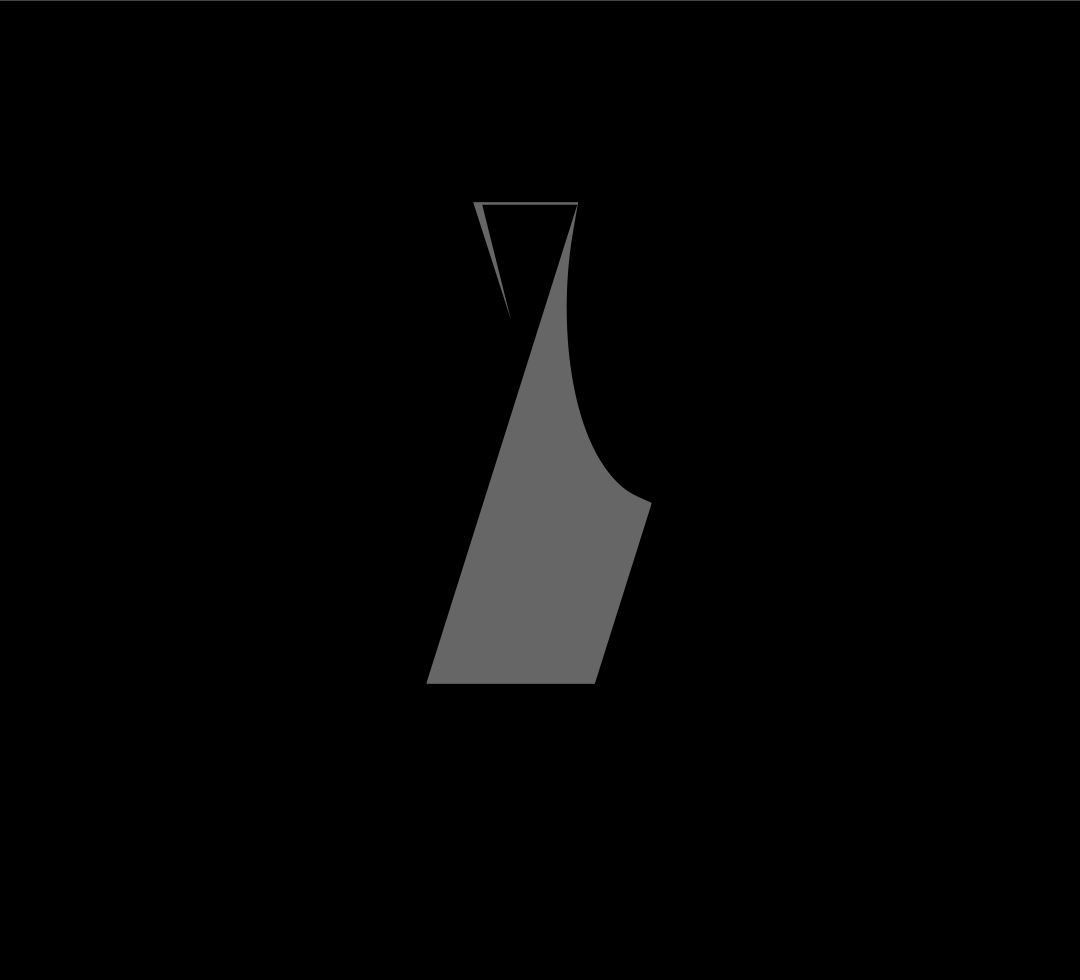
01 Scale
Bigger is not always better. In fact, I have spoken to many design agency owners who scaled down their business to reach an optimum size. Don’t get me wrong, there are obvious advantages to working with a larger design agency. They will have access to more resources which may be reassuring or allow for faster turnaround. But that comes at a price. They may also cover a wider spectrum of services. However, no creative agency can cover everything. Even multinational media agencies outsource to smaller design studios for specialist disciplines or when the in-house team is stretched. I know because I have been hired by them myself : )
So what are the disadvantages? With the bigger design studios, there is a chance that the senior designer you speak to is not actually working on your project. Particularly if your budget is relatively small, it may be passed to some of the junior designers. For larger creative agencies with big clients on their roster you may be overlooked and not receive the best service they can provide. Conversely, for smaller design studios there is no junior team to be passed onto and the revenue from every account will be far more significant, so you are less likely to be ignored.
Working with collaborative design teams can also lead to higher levels of expertise for your budget. A large design agency can provide a big team, but it is unlikely that each member will be a specialist. Whereas a small design studio can efficiently build a bespoke team of individual specialists, only covering the disciplines you actually require. So none of your budget will be lost on the inefficiencies of scale.
But it would be remiss of me to not also mention the downsides of going small. I have heard from clients in the past of individual freelance designers simply going AWOL mid-project! I have always found this quite staggering since new clients are hard to obtain, so once I have secured a gig, I am certainly not going to let it go. So do your research.
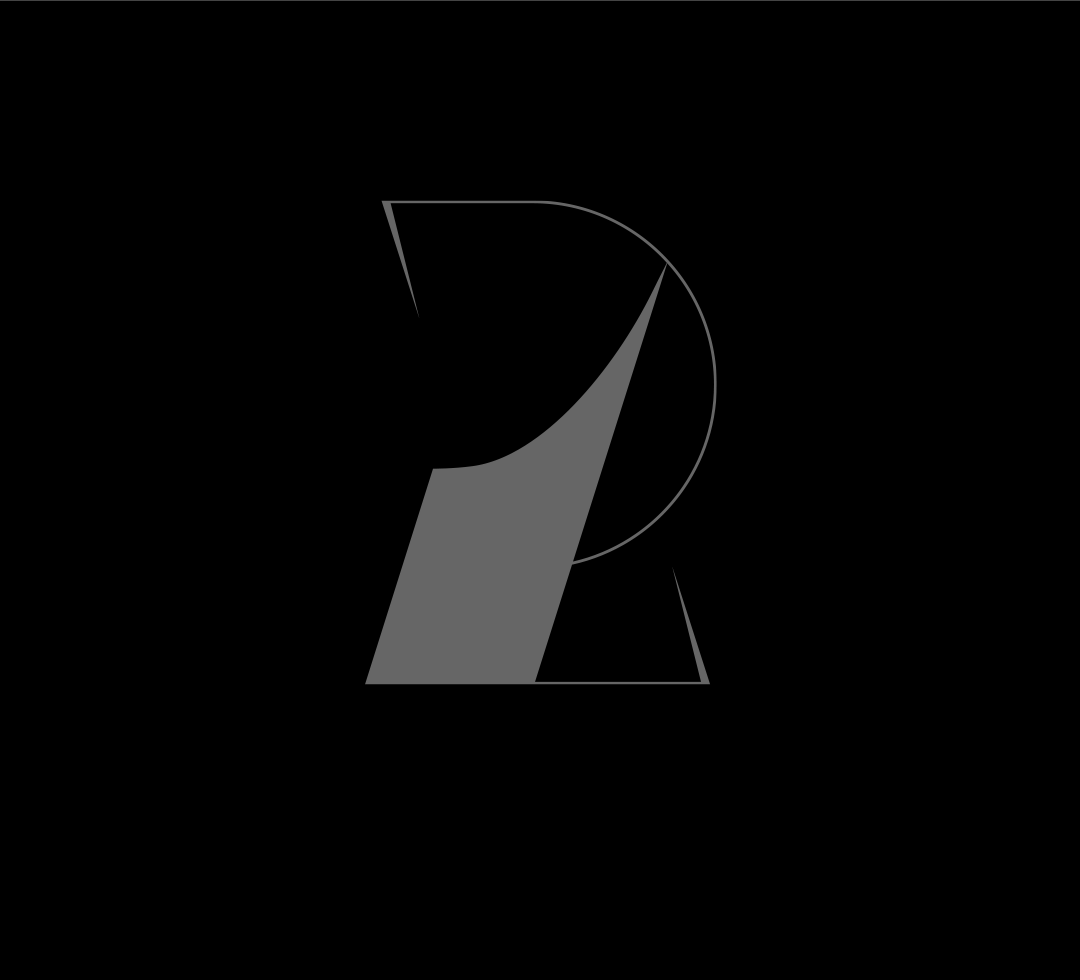
02 Sector expertise
For certain sectors, and if you have the budget, it may be wise to opt for a specialist, renowned for your market. However, if you are looking to disrupt and stand out, a completely new, non-sector-specific approach can be an advantage. Research repeatedly demonstrates that diverse groups consistently lead to more effective design strategies, decisions, and solutions. Like-minded collectives have the risk of sharing the same blind spots, leading to missed opportunities.
All good creative agencies and graphic designers should have the required soft skills to adapt. To listen, learn, be open-minded, and have empathy to place themselves within the shoes of your potential customers.
This is where the research and discovery stage is so vital during the branding process of any project. If conducted correctly, it will lead to a robust foundation upon which to base the creative strategy to reach and resonate with your target audience.
So look at the client lists. Have they worked in the right sectors? If not, are all of their clients in one industry, or is it an eclectic mix showing they can adapt as required?
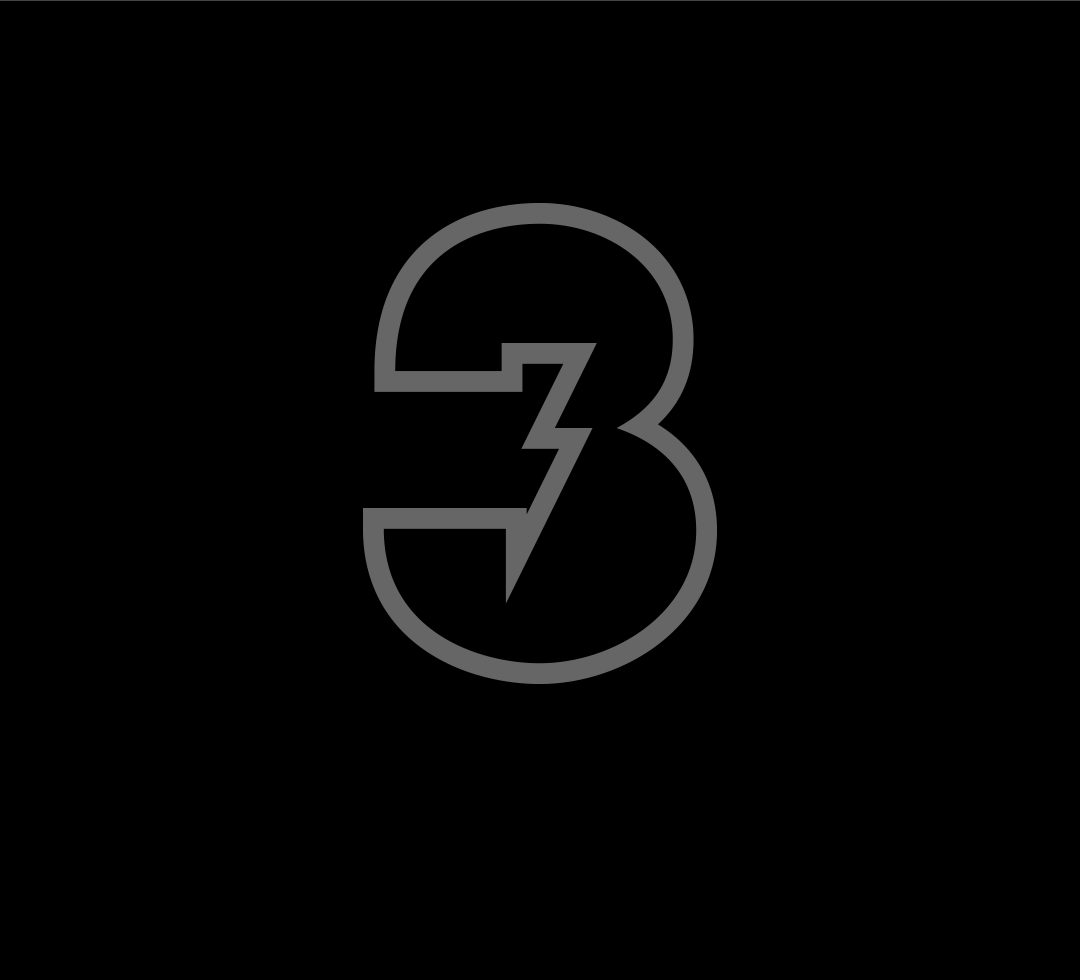
03 Location
The internet has changed business for good. Location has become less relevant which is why Superfried has been able to work with clients all over the world. However, for some, classic face to face is important for building trust and long-term business relationships. If so, this will not be a problem as there are loads of quality, design agencies in Manchester and every other major city throughout the world.
But over the past few years, I have seen an even bigger shift towards remote working due to the Covid pandemic. Even more traditional-thinking clients have been forced to work with remote graphic designers, which with the right approach in place, can still lead to an efficient process and effective results.
Ultimately it comes down to the nature of the project and the people involved. Sometimes the most efficient way to solve a problem is to get the right people together in a room. Conversely, endless meetings for the sake of meetings can quickly sap the energy and momentum of a project. So I would not let location put you off if everything else feels right.
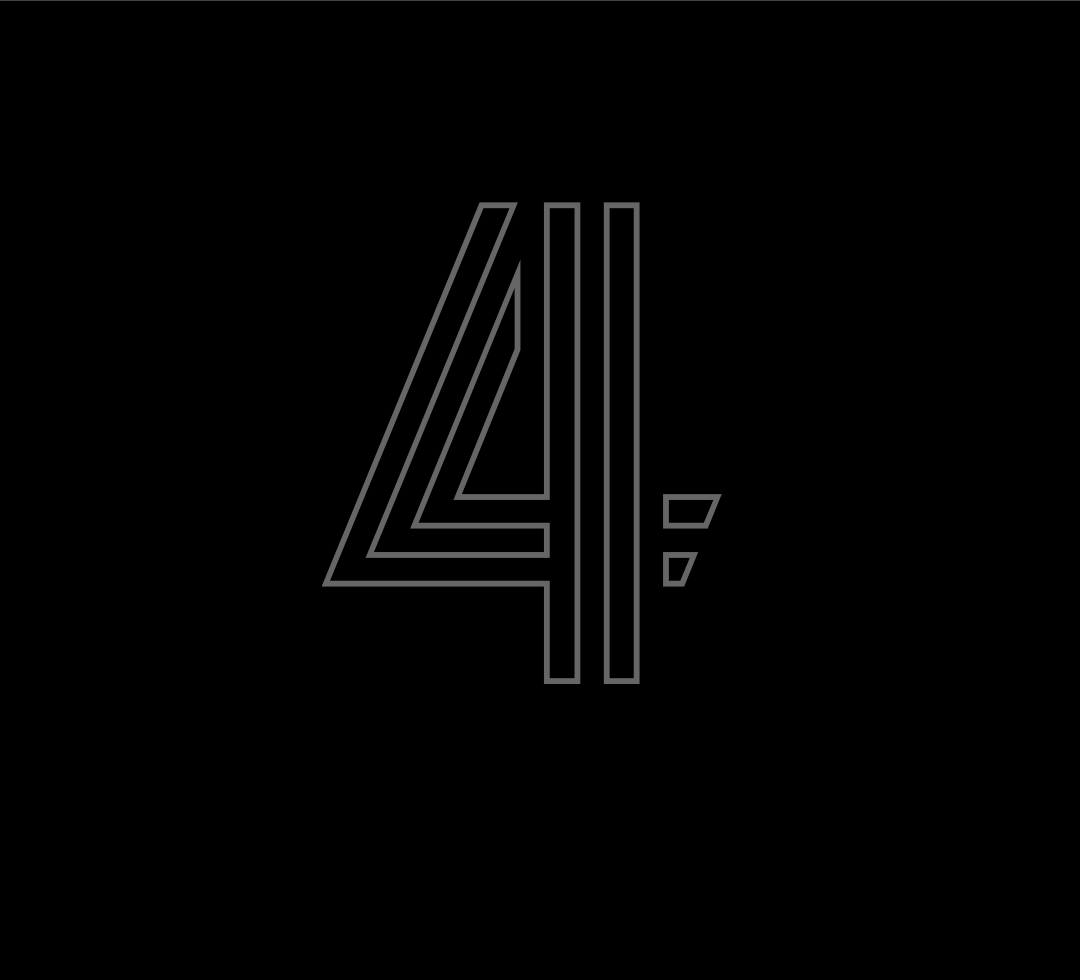
04 Experience
I think this is a particularly important factor to consider when branding your company. Don’t get me wrong, if you are looking for a short-term campaign that has to be bang on trend with a young demographic, then a new, young design team could be the best fit. However, when developing a brand strategy, we are usually looking at the long term. So basing anything on short-lived trends is risky, potentially leading to a succession of expensive rebrands. This is where experience can be so valuable to avoid the pitfalls. To have the confidence to ignore what everyone else is doing and focus purely on the correct design strategy and creative solution for this particular brand. For identity design versatility and the ability to evolve are key. And often, the icing on the cake is to create that magical, unique logo that feels completely timeless.

05 Portfolio
This can be misleading so tread carefully. It is very easy to be taken in by the pretty images and amazing photography. I have been fooled myself. At first glance, the work looked amazing, but a closer inspection revealed the design work was actually ‘ok’ and in fact, it was the very skilled photographer who deserved all the credit! Looking good is a given. More importantly, graphic design is about solving real problems. So a bit of reading will bring context to the work and help you to understand how much thinking, research, and design strategy went into it. Did they solve the original problem? If they have not explained why and what they did, why not? Too busy, too arrogant or did the design decisions lack substance so they would rather not say?
A portfolio is also a good way to see how they think and approach a communication problem. Does the design work vary depending on the nature of the project / problem being addressed or does it seem to all follow a set style? Do the creative solutions make sense to you? Are their brand strategies inspiring, distinct, and thought-provoking? Or do they just seem to be a bit obvious and safe, suggesting they are merely going through the motions?

06 Reputation
Without a doubt, the best form of advertising is recommendation. But to achieve this the quality of their creative work must be consistently high and they must be easy to work with. So speak to friends and colleagues. Have they had any experience working with the design agency? Or heard of some horror stories. You can also take a look at the social platforms of your design studio shortlist to ensure there is nothing unsavoury on there.

07 Budget
I don’t care what anyone tells you, good graphic design takes time and careful consideration. If you wish to achieve quality results and solutions, there are no shortcuts. There are many graphic designers and creative studios out there that will offer to develop your brand identity for a bargain price. But ask yourself, at that price, how long can they realistically be spending on your project?
So, how much should it cost? Unfortunately there is no right or wrong answer to this. I am not a fan of off-the-shelf ‘package’ deals as I feel every project is different and can not be shoehorned to fit. Consequently, your budget for design will vary dramatically depending on the complexity, number of deliverables, number of markets, etc that your project requires. The reason one project may be complex could be completely different from another. One may require a far deeper level of research and design iterations to target a niche demographic. Whereas another may have to negotiate geographical, cultural, or language barriers.
When the design studio asks ‘What is your budget?’ please do not be offended or assume they are trying to take whatever you have allocated. This is usually requested as a means to quickly assess whether you are a good fit. It also tells us that you have thought the process through and actually assigned funds to proceed rather than just as an afterthought.

08 Testimonials
Everything you buy these days has a review of some sort. But instead of making it easier, purchase decisions have never been more difficult – 2000+ 5-star reviews, but now I am worried about the 2 customers that gave a 1-star rating? So, when presented with client reviews, it is important to consider the source. Have they been validated by a third party? Otherwise, what’s to stop them from writing their own or requesting the help of friends and family?
Many companies use Google reviews, which is perfectly fine. But beware, despite being a trusted brand they do not check the testimonials posted. For this reason, Superfried has requested that clients submit their comments to Clutch, who contact the author to verify the project actually took place.
The fact that a design agency has gone to the effort to use a third party is a good sign that they value their own brand identity. They care that they are perceived as a trustworthy company. And if they respect their own brand, they are more likely to also respect yours. But if in doubt, you could even look up the company of the review in question and drop them a quick email to check they actually said ‘Steve is the best graphic designer they have ever worked with’ ; )
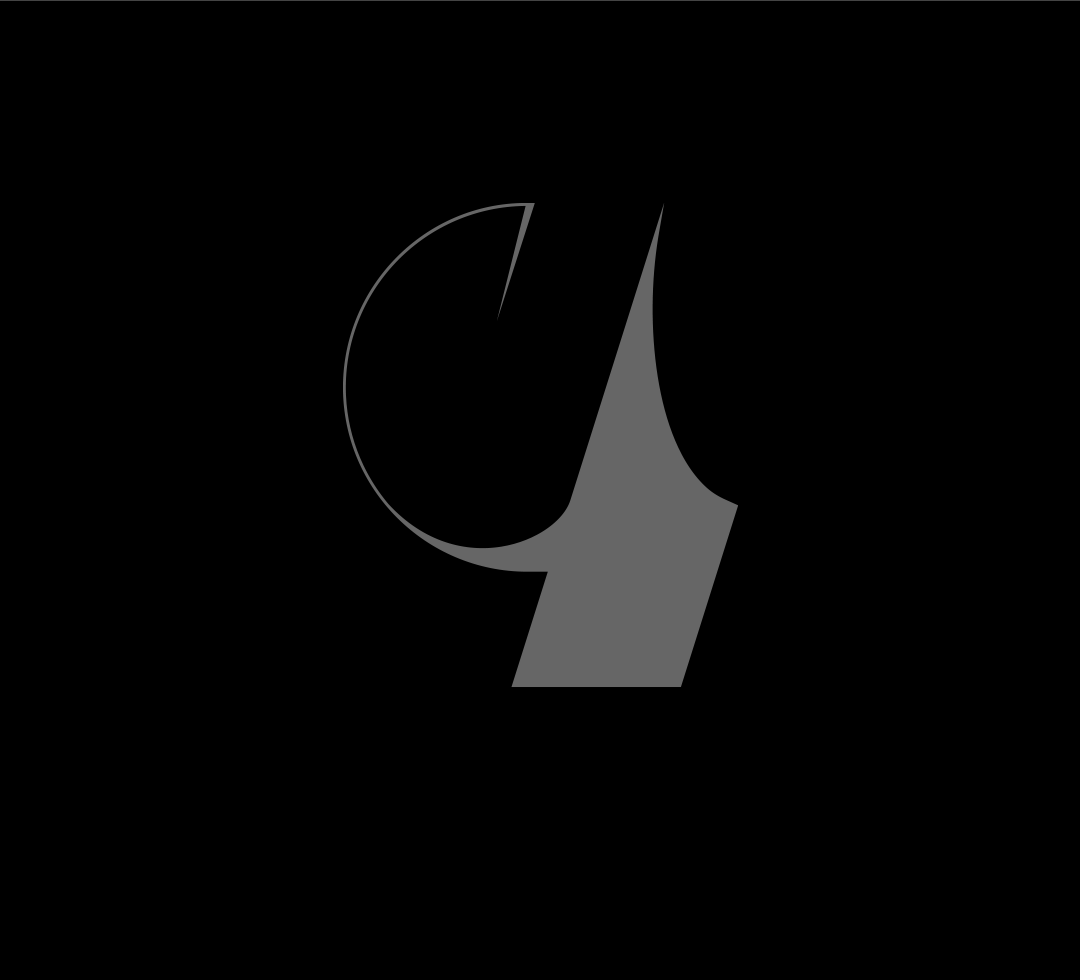
09 Awards
A tricky one. But I will be honest. Have I entered and won design awards – yes. Did it make me happy – for a minute or so, yes. Did it make any difference to my business – no, I don’t think so. But for others, I have heard it helped and for advertising agencies, it seems to be more important than life itself! Ultimately they are not a true sign of whether a creative agency is better since only a small proportion of their competition will have entered. I know a lot of amazing designers who have never entered a single award because they have never felt they had anything to prove.
So what do design awards prove? Realistically not that much, but I suppose at the very least it would suggest the design studio has enough pride in their work to feel it is worth paying the submission fee.
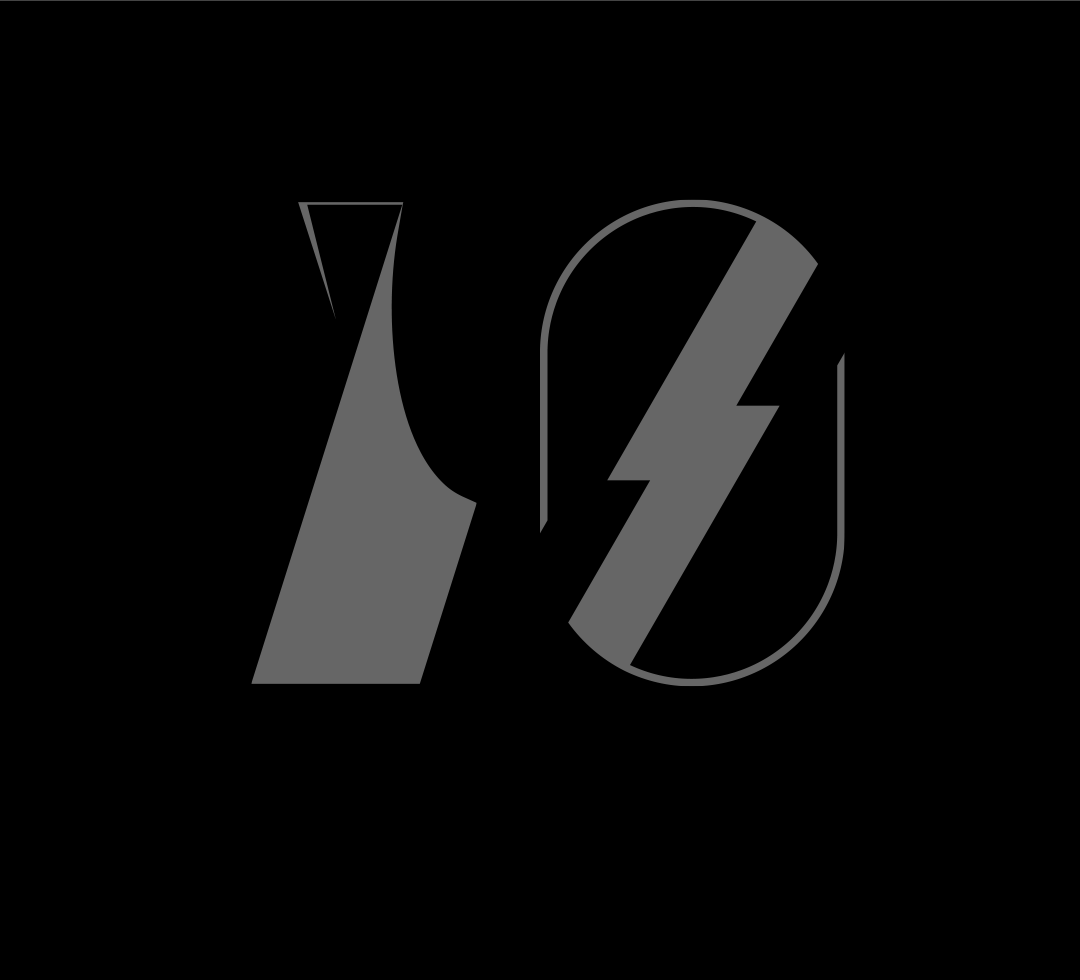
10 Chemistry
Strangely after everything I have just mentioned, ultimately this is probably the most important. After finding the best graphic designer or design agency ever, when you finally meet / chat you may find you simply do not click. If this is the case, it is usually better to walk away. As mentioned at the beginning, this creative process is all about trust. There can be tough moments during any project, so if you do not get on now, how will it feel then. Do you believe they will stick by you and see it through to completion?
Taking the next step...
―
Placing your trust in a branding agency is a challenging decision, so I hope this guide has been helpful. To be effective, I have tried to provide an impartial viewpoint, but I would obviously prefer that you simply place your trust in Superfried!
When you are ready to make a start, book a call with Superfried for a casual chat about your requirements. You will be under no obligation to proceed.